Moscow calling: Bulgari’s dazzling designs illuminate the Kremlin Museum
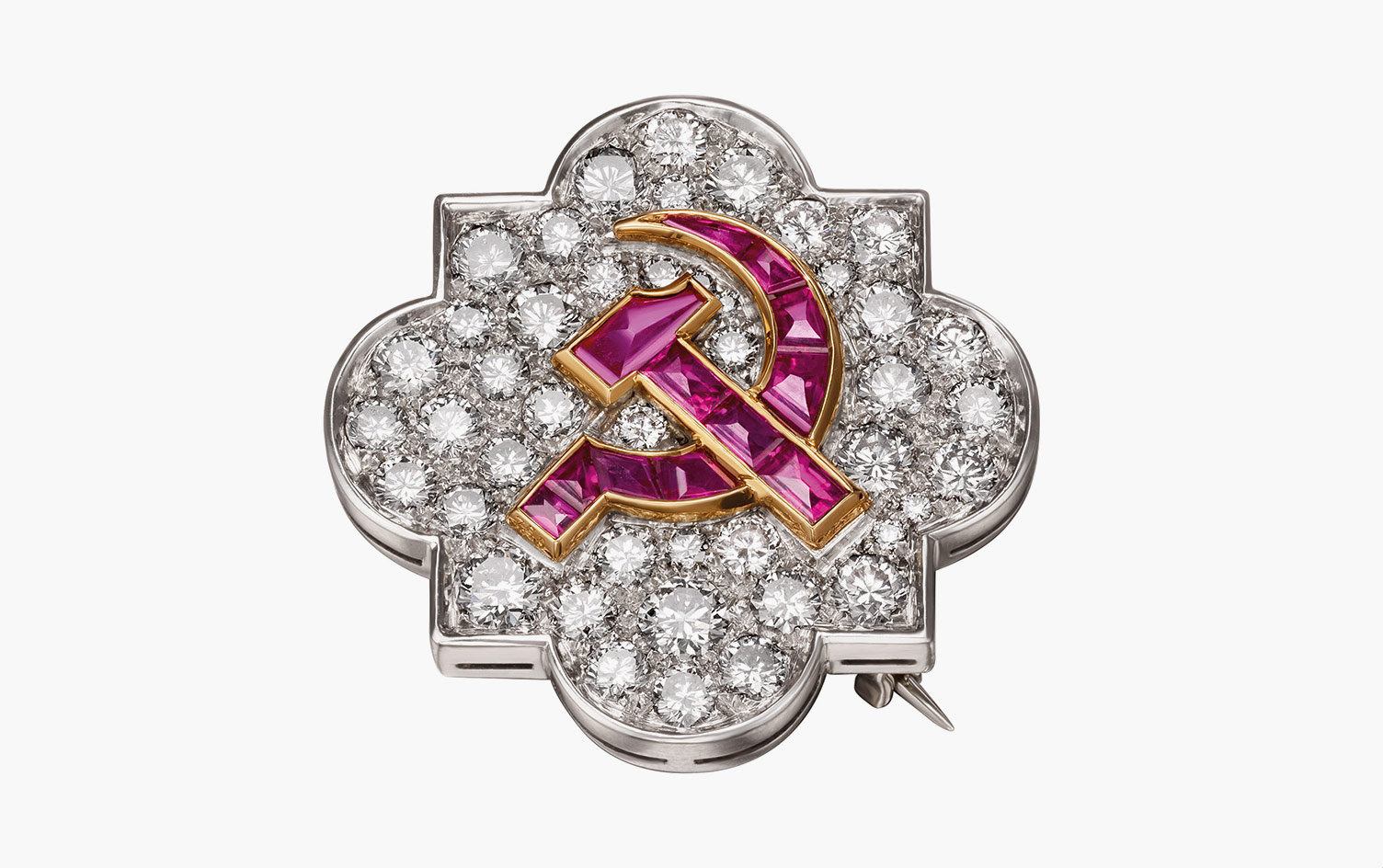
Moscow’s Kremlin Museum is currently glittering with the heady Italian glamour of Bulgari, as it hosts a vast retrospective of over 500 historic jewels that reveal how the Roman jeweller has remained at its peak through decades of creativity. For all the sheer style on view, the clunky title of the exhibition – ‘Tribute to Femininity’ – can be somewhat forgiven, happily eclipsed by the powerful designs on show. They chart the development of one of the great Italian design houses and its signature of combining candy hued gemstones, rich goldwork and Italian bravura in bold, avant-garde jewels that are unmistakably Bulgari.
The Italian jeweller has always mined the history of its native city for design inspiration. Since the 1940s, the Serpenti – a protective talisman in Ancient Rome – has been its slinky house motif. It started with the Tubogas bracelet, a smooth, weighty coil of gold technically informed by industrial gas pipes, which still forms Bulgari chokers, bracelets and watches today. Later, the snake would take on a more figurative form, acquiring smoothly overlapping scales in bold enamels and semi-precious stones, and a miniature enamel forked tongue.
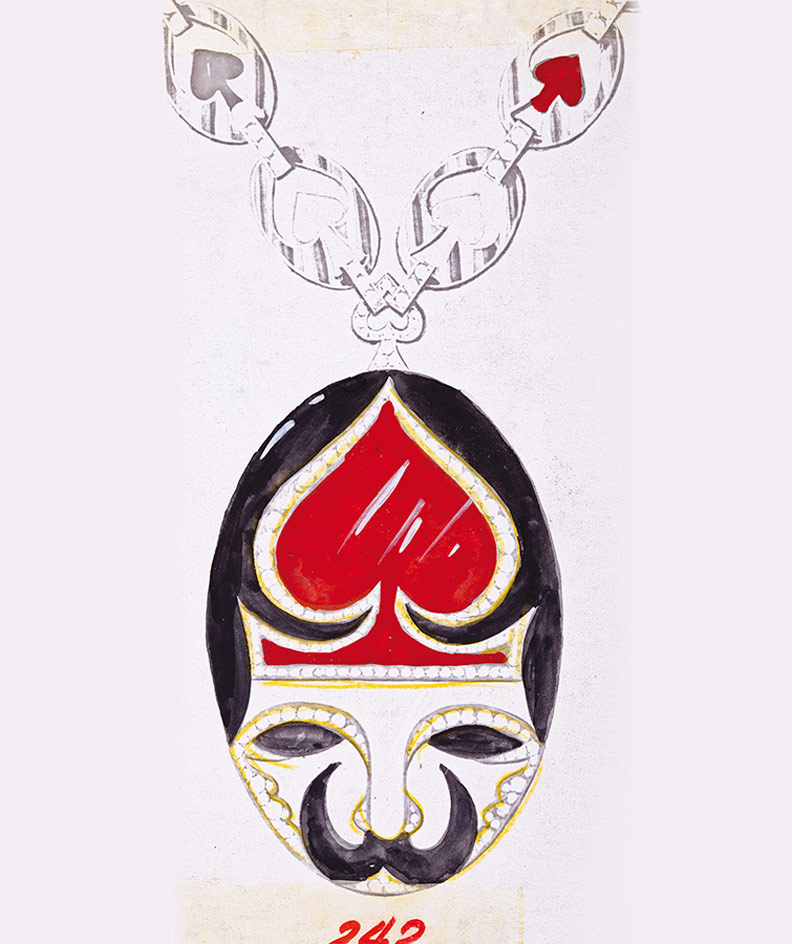
Sketch of the ’Playing Card’ sautoir in gold, coral, mother-of-pearl, onyx and diamonds, 1972
By the 1960s the house was at its exuberant best – the rise of Cinecittà Studios gave Rome the nickname ‘Hollywood on the Tiber’. The jet set was keen to experiment with vibrant colours and increasing volumes, which Bulgari realised with steep, cabochon-cut stones and a revelatory disregard for intrinsic value. Brazilian socialite Carmen Mayrink Veiga’s 1967 gold necklace set with juicy cabochon sapphires, emeralds, rubies and diamonds in floral clusters, for instance, is brilliantly psychedelic.
Bulgari’s best-known patrons are also well-represented: on display is a strikingly geometric platinum sautoir from 1969, gifted to Elizabeth Taylor by Richard Burton for her 40th birthday, in 1972. The pendant, which can be detached and worn as a brooch, is mounted with a 65-ct Burmese sapphire, carefully fashioned into a towering sugar-loaf cabochon; the chain is made up of hexagons and rhomboids, set with smaller sapphires and pavé diamonds. It gestures towards the direction that the house would take in the 1970s, with an emphasis on flowing, hippy-like sautoirs and collet-set stones. It marks an exceptionally experimental era for the maison, which this year’s Wild Pop high jewellery collection has joyously revived.
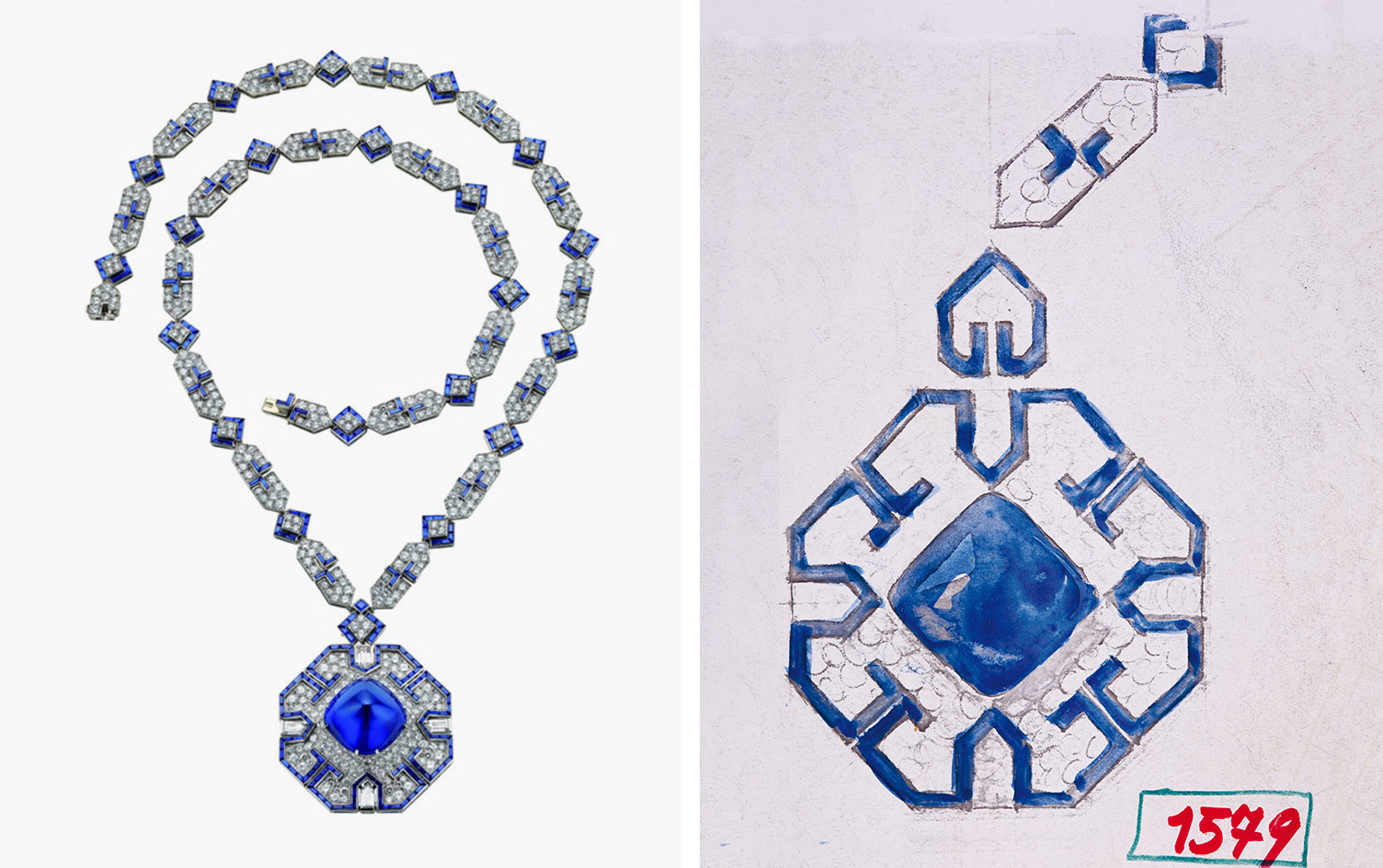
Sautoir in platinum, made up of hexagon and rhomboid motifs, set with sapphires and pavé diamonds, with detachable pendant brooch mounted with a 65-ct Burmese sapphire, fashioned into a cabochon, 1969, from the collection of Elizabeth Taylor

’Chandra’ necklace in gold with white porcelain drops each with embossed stylized petal-shaped decorations tipped with collet-set red cabochon tourmalines, polished spherical links interspersed with pink tourmaline rondelle accents, green tourmaline surmounts and concealed clasp, 1994
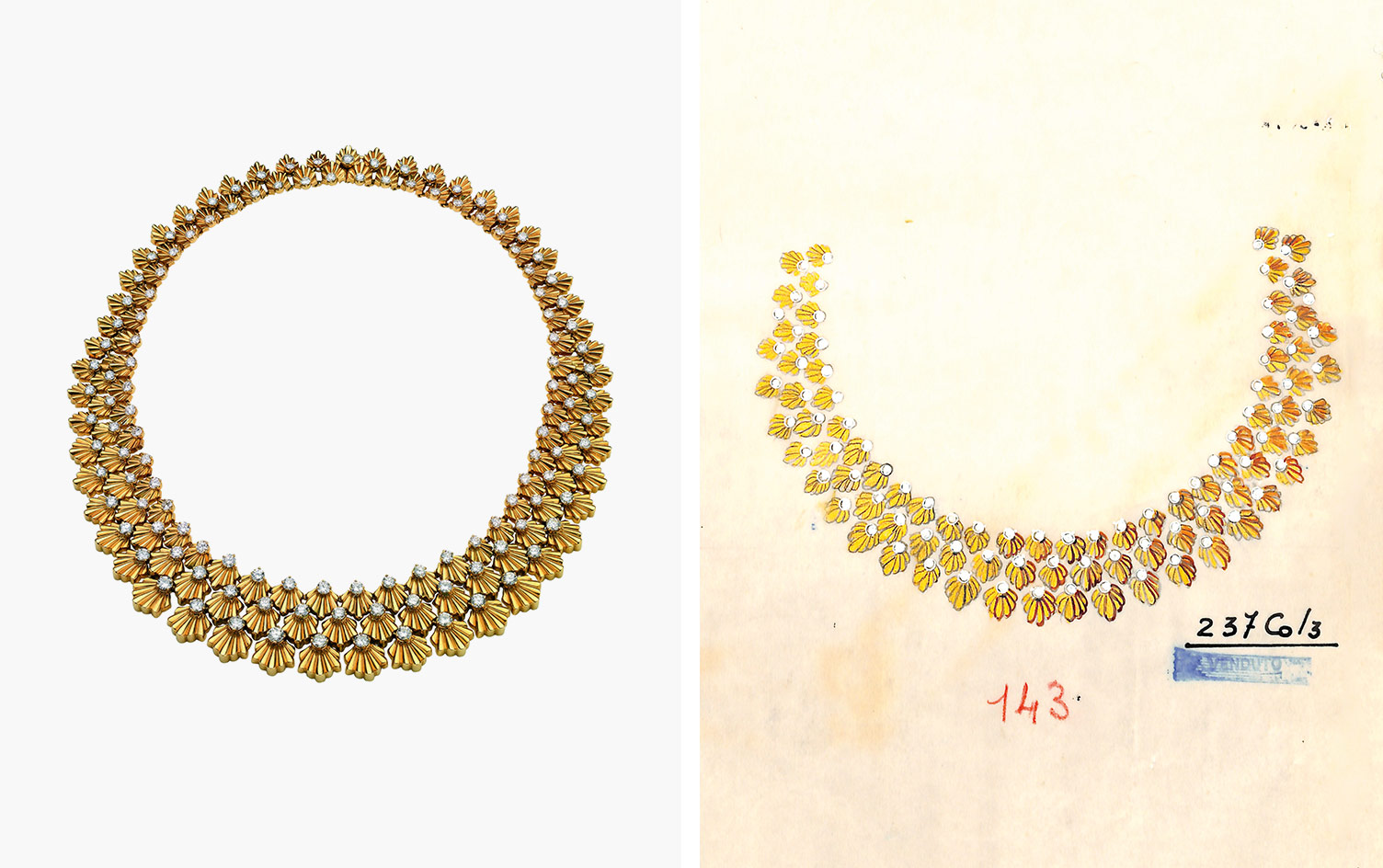
Necklace in gold with diamonds, and articulated mount formed of gold palmette motifs, graduated from the centre and each set at the centre with a brilliant-cut diamond, 1955, from the collection of Ingrid Bergman
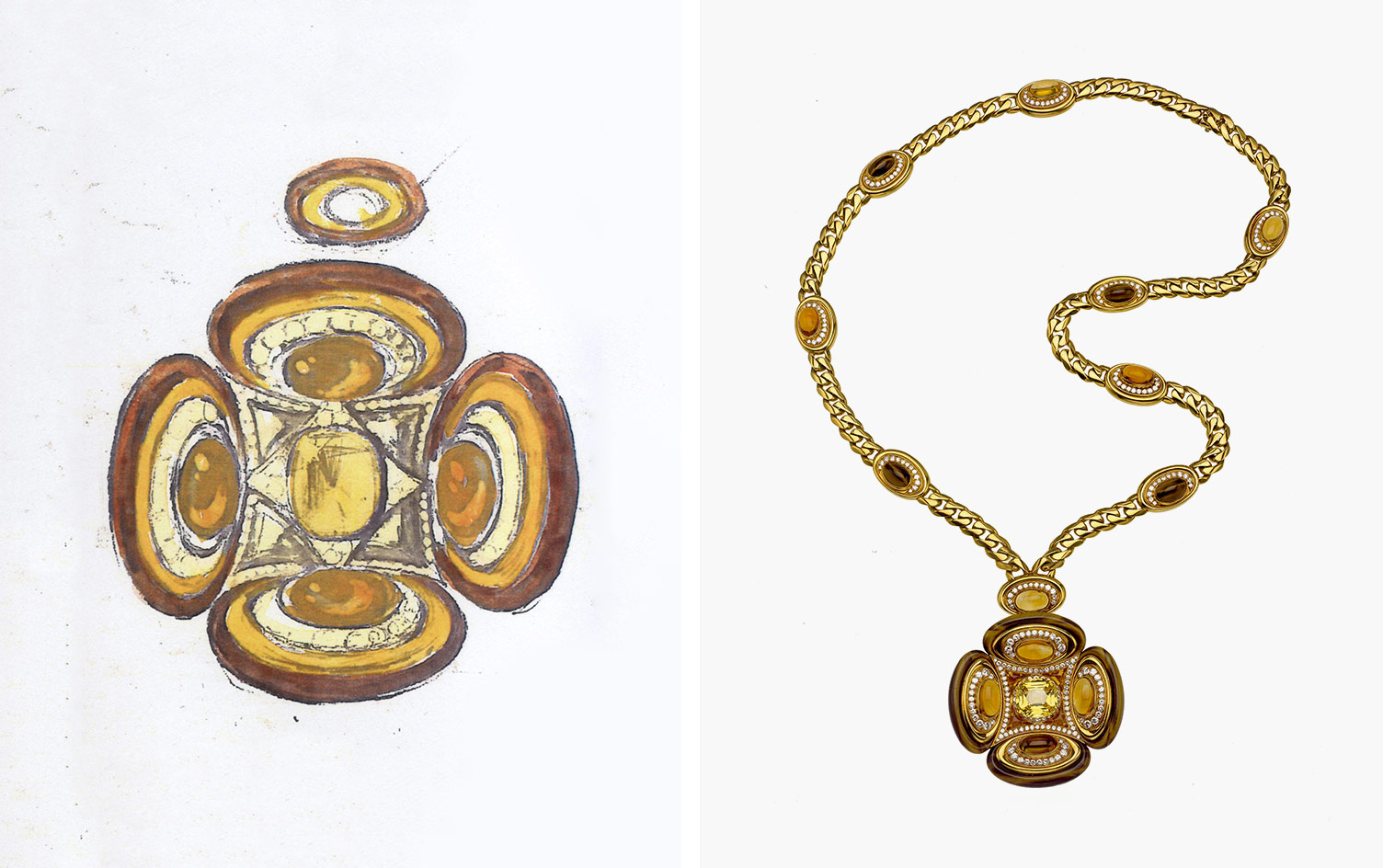
Sautoir with sapphires, tigereyes, citrines, and diamonds, 1973

INFORMATION
‘Bulgari. Tribute to Femininity’ is on view until 13 January. For more information, visit the Kremlin Museum website
ADDRESS
The Moscow Kremlin State Historical and Cultural Museum and Heritage Site
103132 Moscow, Kremlin
Russia
Receive our daily digest of inspiration, escapism and design stories from around the world direct to your inbox.
-
 A day in Ahmedabad – tour the Indian city’s captivating architecture
A day in Ahmedabad – tour the Indian city’s captivating architectureIndia’s Ahmedabad has a thriving architecture scene and a rich legacy; architect, writer and photographer Nipun Prabhakar shares his tips for the perfect tour
-
 You can now stay in one of Geoffrey Bawa’s most iconic urban designs
You can now stay in one of Geoffrey Bawa’s most iconic urban designsOnly true Bawa fans know about this intimate building, and it’s just opened as Colombo’s latest boutique hotel
-
 Pentagram’s identity for eVTOL brand Vertical Aerospace gives its future added lift
Pentagram’s identity for eVTOL brand Vertical Aerospace gives its future added liftAs Vertical Aerospace reveals Valo, a new air taxi for a faster, zero-emission future, the brand has turned to Pentagram to help shape its image for future customers
-
 Saul Steinberg: behind the scenes at Triennale Design Museum
Saul Steinberg: behind the scenes at Triennale Design MuseumTriennale Design Museum and publishing house Electa present ‘Saul Steinberg Milano New York’, a new exhibition (until 13 March 2022) that pays homage to the American artist through 350 works. Join us for a behind-the-scenes peek at it's installation
-
 Ten years of Muller Van Severen, at Design Museum Ghent
Ten years of Muller Van Severen, at Design Museum GhentA new exhibition by Belgian design duo Muller Van Severen (until 6 March 2022) features a retrospective of the studio’s ten years as well as a curation of pieces from the Design Museum Ghent collections
-
 Noguchi show celebrates his reverence for Greece
Noguchi show celebrates his reverence for GreeceDesign show ‘Objects of Common Interest: Hard, Soft, and All Lit Up with Nowhere to Go’ opens in collaboration with Wallpaper* Designers of the Year, Objects of Common Interest, at the Noguchi Museum in Queens, New York (until 13 February 2022)
-
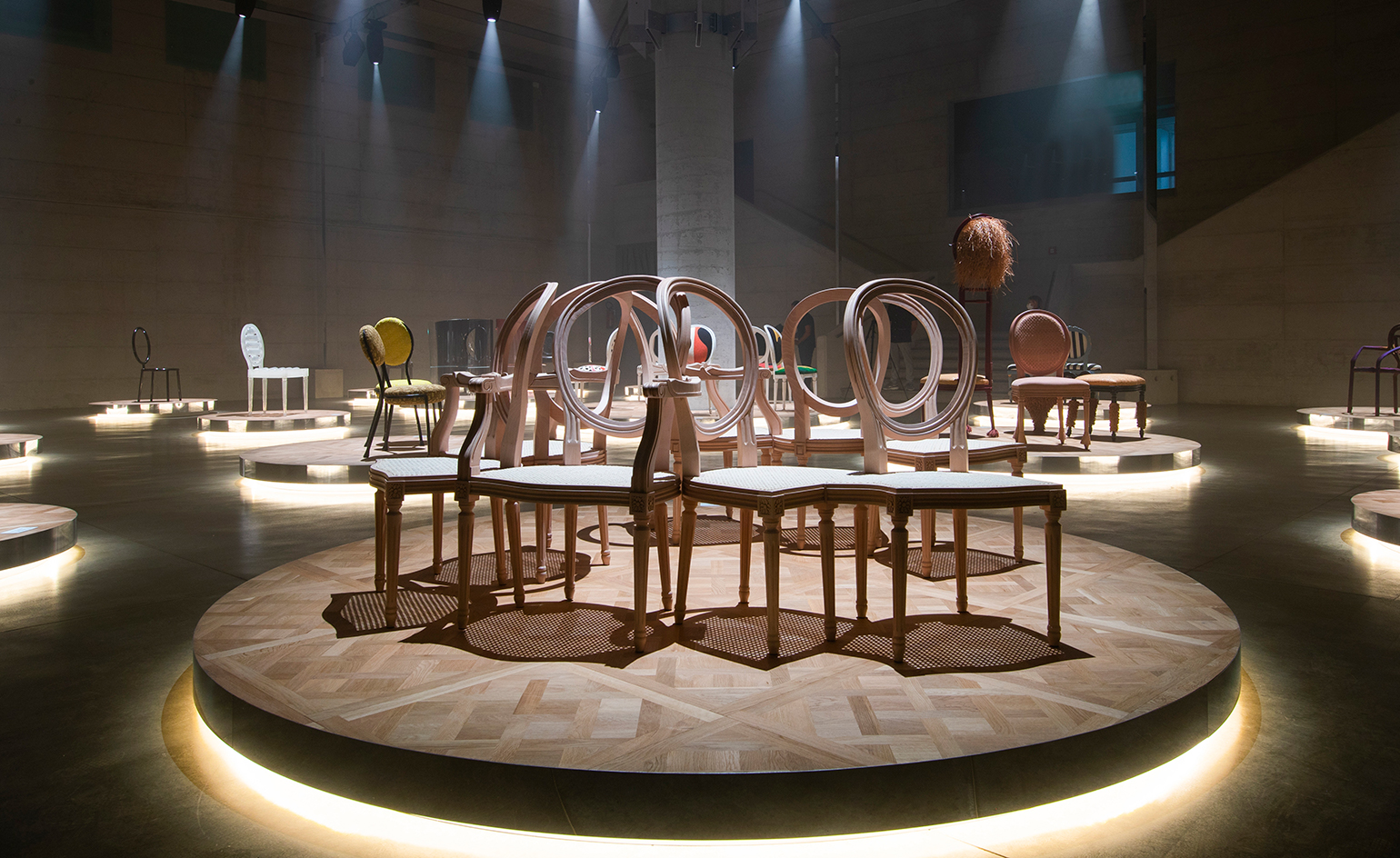 Fashion brands leave their sartorial mark on Salone del Mobile 2021
Fashion brands leave their sartorial mark on Salone del Mobile 2021Here we present the Wallpaper* edit of the finest fashion brands at Salone del Mobile 2021, from Dior’s ‘Medallion’ chair exhibition, which enlisted 17 artists and designers, to Valextra's collaboration with Tom Dixon, Gucci's debut Lifestyle collection, and the latest home offerings from Hermès and Armani Casa
-
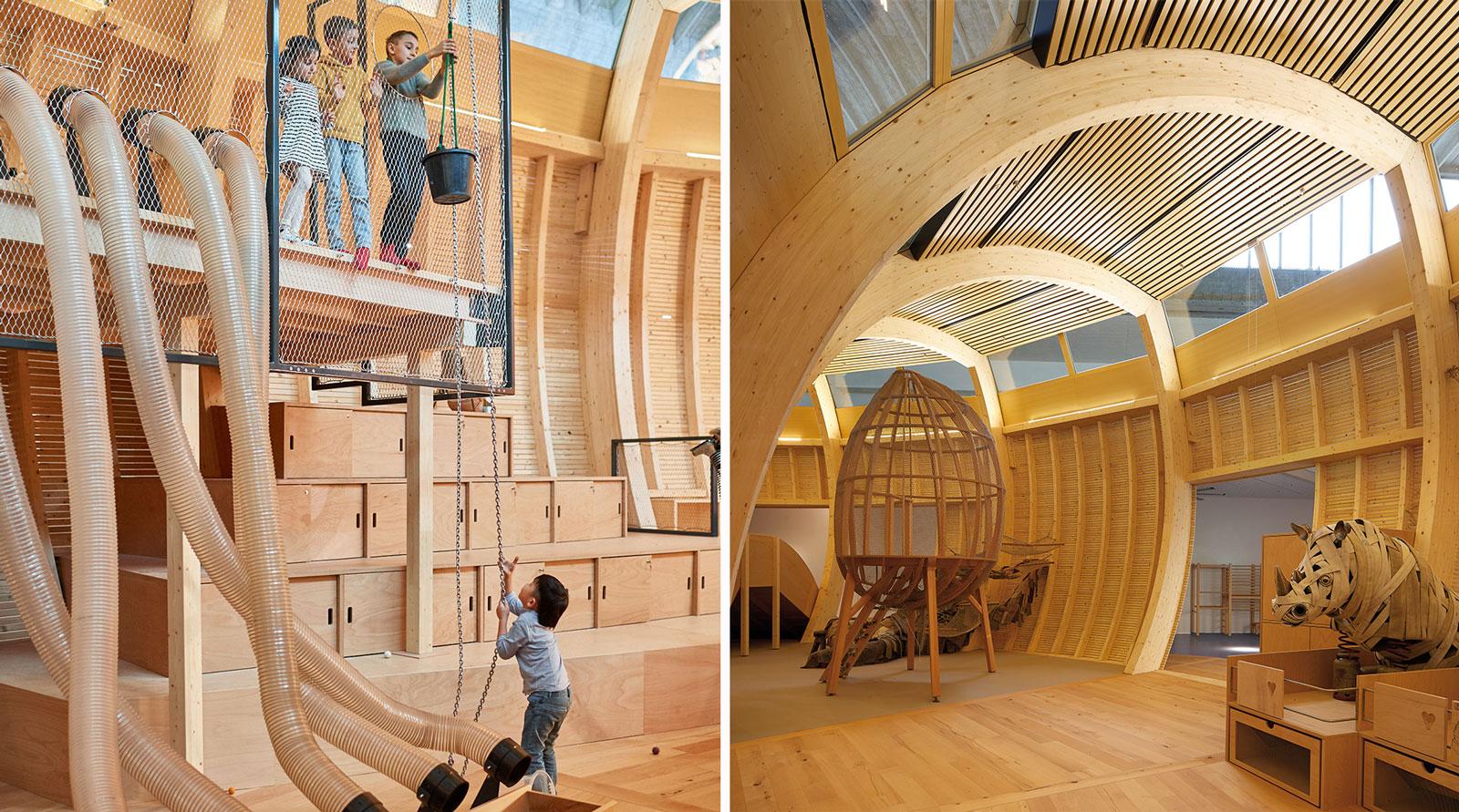 ‘Design not for children, but for everyone’: Jewish Museum Berlin’s new play space
‘Design not for children, but for everyone’: Jewish Museum Berlin’s new play spaceOlson Kundig architecture and design practice brings kids’ play space ANOHA Children’s World to life inside a vast former wholesale flower market, at the Jewish Museum Berlin
-
 A landscape of playful animals pops up at Design Museum Holon
A landscape of playful animals pops up at Design Museum HolonChild-centric designer Sarit Shani Hay presents an imaginary natural landscape that references Ron Arad's Design Museum Holon architecture and is inhabited by soft, cushioned sea lions, seals and bears
-
 Charlotte Perriand’s life and work explored at London’s Design Museum
Charlotte Perriand’s life and work explored at London’s Design MuseumLondon’s Design Museum presents ‘Charlotte Perriand: The Modern Life’, an exhibition turned the spotlight on one of the most iconic creators of the 20th century
-
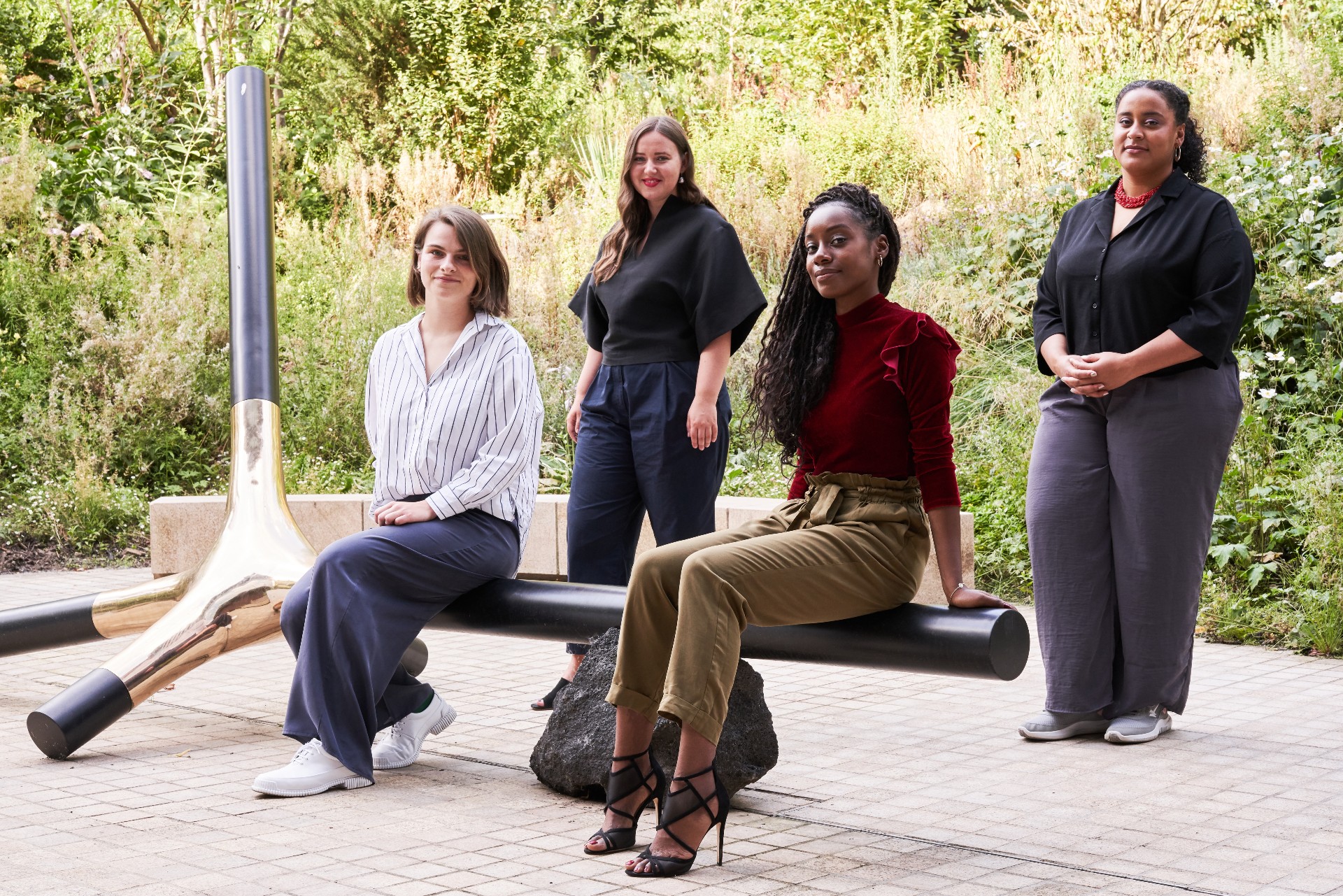 Meet the Design Museum’s all-female Designers in Residence
Meet the Design Museum’s all-female Designers in ResidenceThe multidisciplinary cohort includes Enni-Kukka Tuomala, Abiola Onabule, Cynthia Voza Lusilu and Ioana Man, who developed a series of multidisciplinary projects with the Design Museum, responding to the theme of ‘Care'